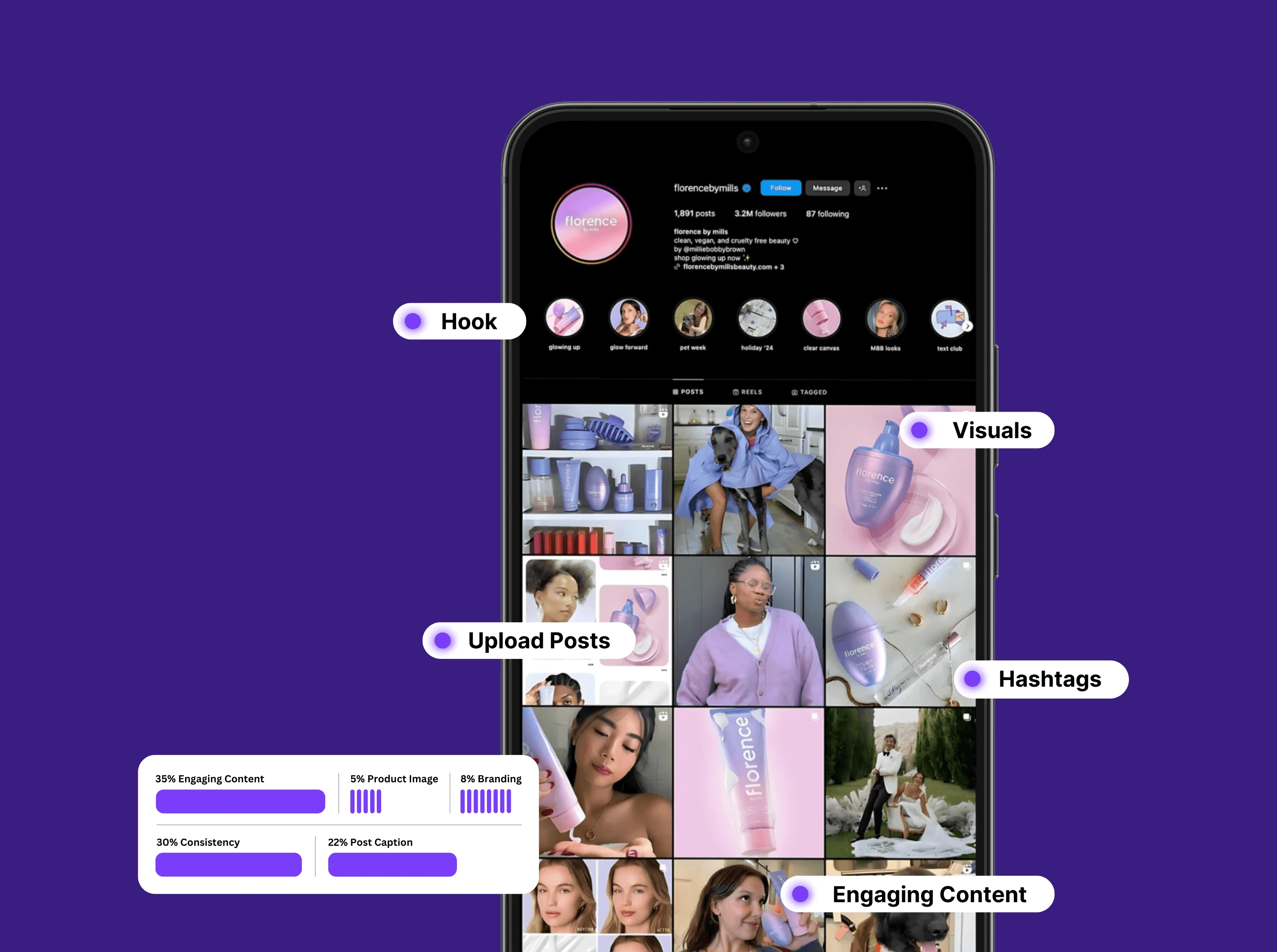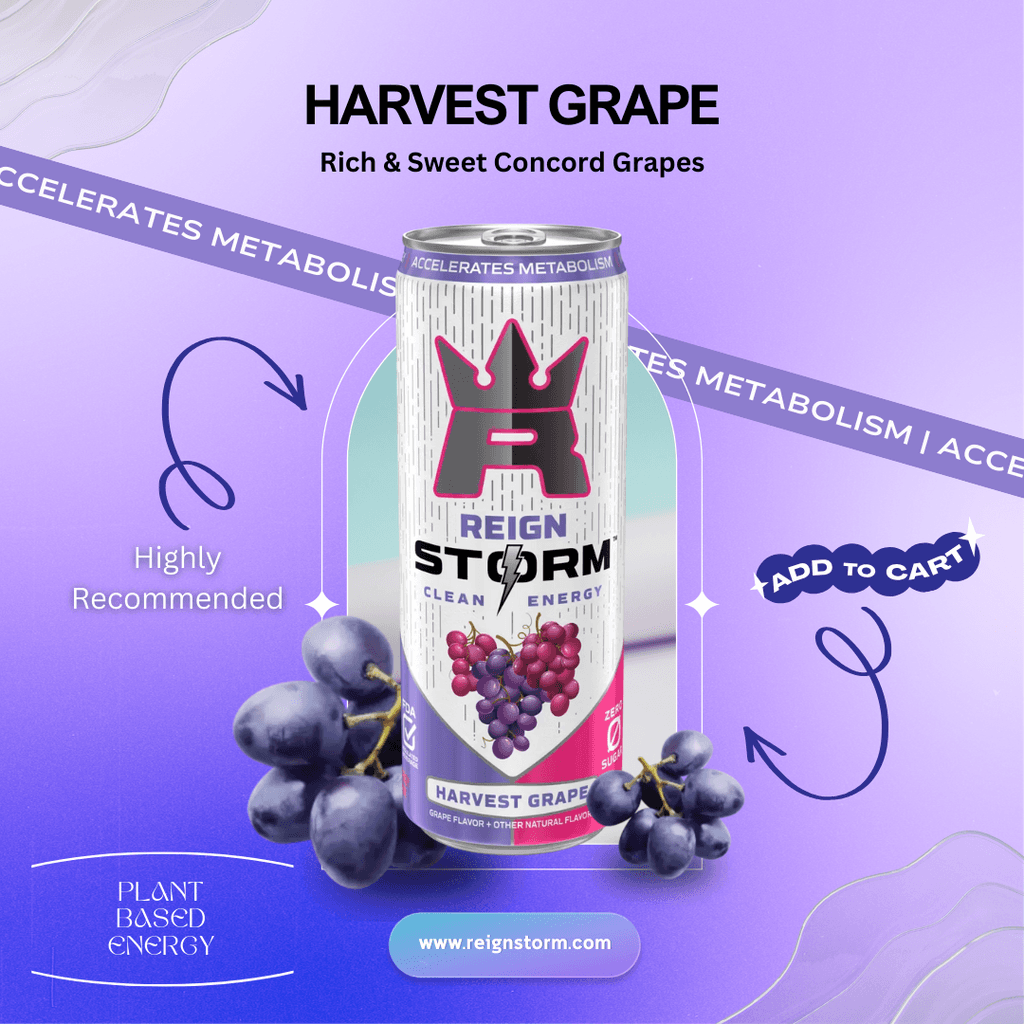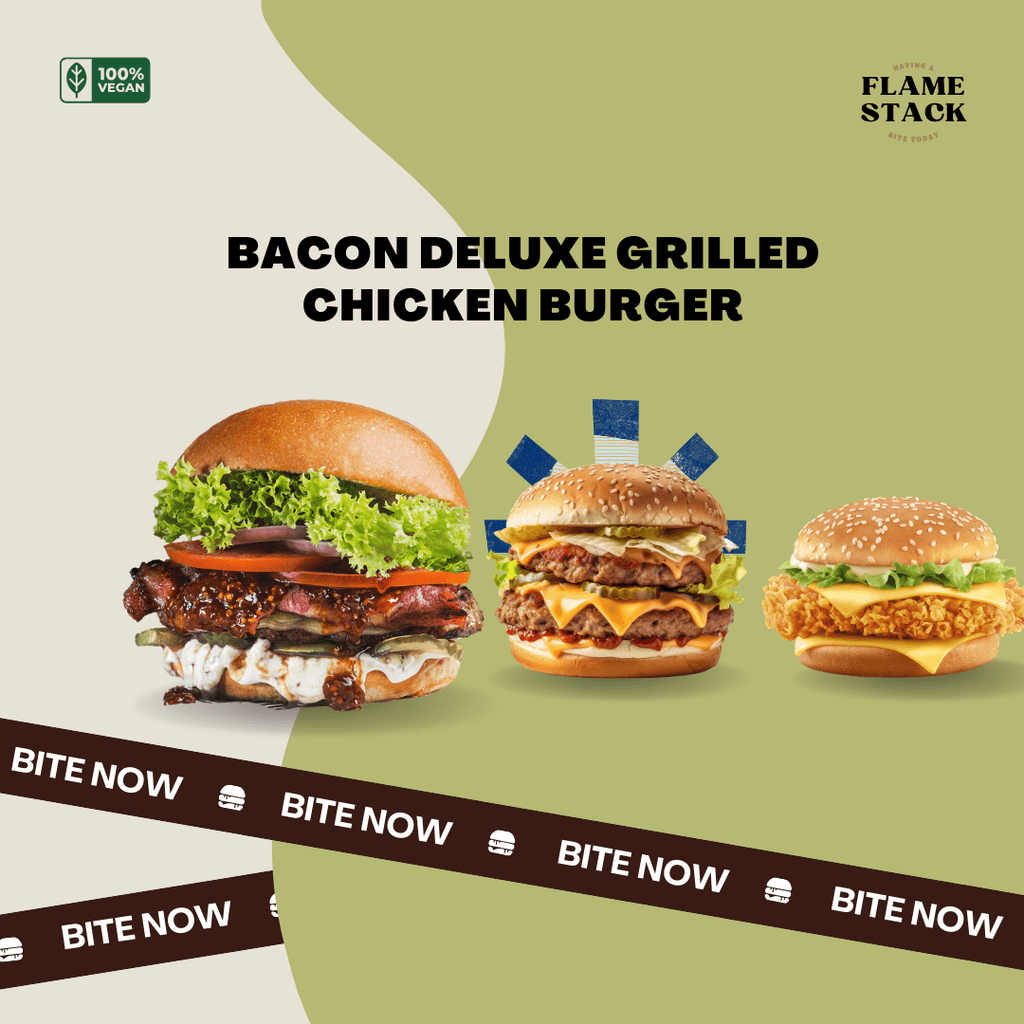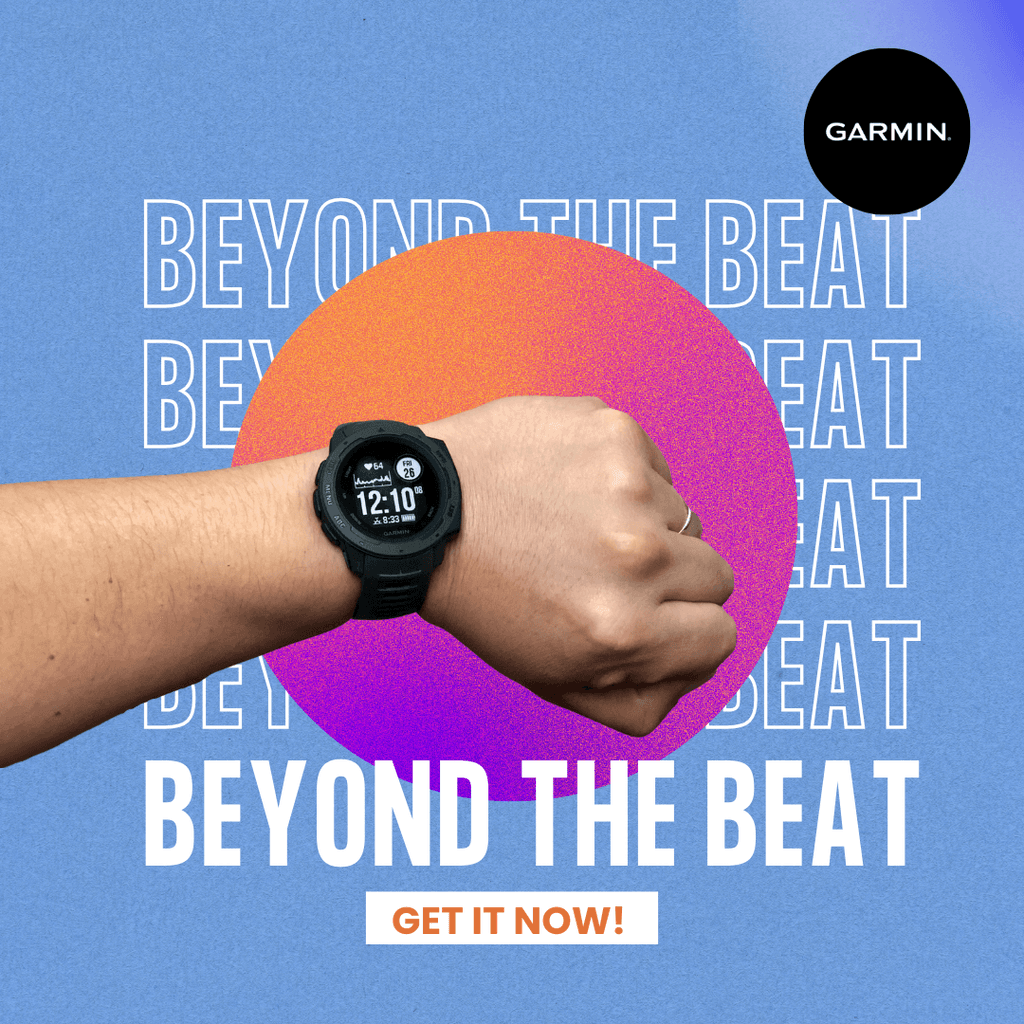Introduction: Why This Debate Still Matters in 2025
Picture this—you’ve just posted an eye-catching graphic on Instagram about your newest product. You expect engagement, traffic, conversions. But all you get is a few likes and your mom’s comment. Sound familiar? This is where the age-old battle of paid vs. organic social media enters the chat.
In today’s marketing landscape, both paid and organic strategies are not just options—they’re essentials. According to Hootsuite’s 2024 Social Media Trends report, 80% of marketers believe that integrating both approaches yields better ROI than relying on one alone. And in a hyper-connected market like Toronto and across Canada, it’s all about making every scroll and click count.
If you're running a business or leading the charge at a startup, this is your ultimate guide to mastering both sides of the social media coin in 2025.
Table of Contents
Understanding the Basics: Paid vs. Organic Social Media
Setting Goals for Your Social Media Strategy
Creating a Balanced Social Media Content Mix
The Strengths of Organic Social Media
The Power of Paid Social Media
How to Integrate Both: A Dual Approach Strategy
Case Study: How Nike Mastered Paid and Organic Integration
Tools You Need to Make it Happen
Local Insights: What Works in Toronto and Canada
Actionable Tips for 2025
FAQs
Final Thoughts and Takeaways
Understanding the Basics: Paid vs. Organic Social Media
Before you can integrate both strategies, it’s essential to understand what each one brings to the table.
What is Organic Social Media?
Organic social media refers to the free content (posts, stories, videos, etc.) that all users, including businesses and brands, share on their feeds. It helps:
Build brand awareness
Establish community
Nurture relationships
Provide customer service
What is Paid Social Media?
Paid social media is any content you pay to promote. It allows you to:
Reach new audiences quickly
Drive conversions
Retarget previous website visitors
Scale content performance
According to Statista, social media ad spend is projected to reach over $300 billion globally by 2025. That’s your signal to pay attention.

Setting Goals for Your Social Media Strategy
Jumping into social media without clear goals is like running a race without a finish line. Setting SMART goals—Specific, Measurable, Achievable, Relevant, and Time-bound—gives your strategy purpose and direction.
Examples of SMART Goals:
Increase Instagram followers by 15% in Q2 2025
Boost website traffic by 20% using Facebook Ads within 30 days
Generate 100 new leads via LinkedIn organic content in 60 days
When you know what you’re aiming for, you can decide how paid and organic tactics contribute to each goal.
Creating a Balanced Social Media Content Mix
The best social media strategies are rooted in content variety. Sticking to only promotional content? You’ll lose your audience. Too much fluff and no sales intent? You’ll miss conversions.
Your Content Mix Might Include:
Educational content: How-tos, guides, tips
Inspirational content: Quotes, success stories
Promotional content: Product launches, offers
User-generated content (UGC): Reviews, customer stories
Behind-the-scenes content: Company culture, team intros
A good rule of thumb is the 80/20 rule—80% value-adding content, 20% promotional.
Want help planning your mix? Check out Rarecide’s Social Media Services for structured content strategies.
The Strengths of Organic Social Media
Organic is all about building lasting relationships and trust. It may take time, but it pays off.
Pros:
Cost-effective
Great for brand loyalty
Authentic communication
Drives long-term engagement
Best Platforms for Organic Reach:
Instagram (Reels, Stories, Carousels)
LinkedIn (Professional thought leadership)
TikTok (Viral brand storytelling)
Pro Tip:
Use tools like Later, UNUM or Buffer to schedule posts and track engagement.
The Power of Paid Social Media
Want fast results? Paid social is your rocket fuel.
Pros:
Instant reach
Precision targeting
Retargeting capabilities
Easy performance tracking
Best Paid Platforms:
Facebook & Instagram Ads: Best for B2C
LinkedIn Ads: Ideal for B2B
YouTube Ads: For long-form storytelling
According to WordStream, the average cost-per-click on Facebook is still affordable, especially compared to Google Ads.
How to Integrate Both: A Dual Approach Strategy
The key to social media success in 2025? Let paid and organic strategies complement each other.
How to Do It:
Test content organically first. Promote top performers.
Use organic for storytelling. Use paid for CTAs.
Retarget using paid. Retarget users who engaged with your organic content.
Create native-feeling ads. Blend paid seamlessly into user feeds.
For example, if a Reel goes viral, boost it with a small budget to expand reach. Then, run a retargeting ad that invites viewers to book a free consultation.

Case Study: How Nike Mastered Paid and Organic Integration
Let’s look at a giant who’s doing it right—Nike.
What They Did:
In 2023, Nike launched its “You Can’t Stop Us” campaign on YouTube and Instagram. It was a brilliant mix of organic and paid content:
Organic component: The campaign video was first posted organically and shared across Nike's social platforms.
Paid boost: Nike then promoted the video across YouTube and Instagram, targeting audiences by interests and demographics.
UGC: Encouraged fans to share their own sports stories using #YouCantStopUs.
The Results:
Over 50 million views organically within the first week.
Engagement rate rose by 19% across Nike’s social channels.
Boosted brand sentiment and purchase intent by 14% (according to Marketing Dive).
Takeaway? Nike used organic content to build emotion and paid ads to scale it. A perfect combo.
Never Miss a Trend Again
Join over 1 million Business-decision makers and marketers to get latest social news, trends, and tips right to your inbox!
Tools You Need to Make it Happen
You don’t need to do it all manually. Here are tools to help you automate, analyze, and optimize:
Canva – Design graphics
Hootsuite – Schedule and manage posts
Meta Business Suite – Manage Facebook & IG ads
Google Analytics – Track ROI
ClickUp – Campaign management and team collaboration
Zapier – Automate social workflows
Rarecide integrates many of these tools into client campaigns. Want to learn how, schedule a demo with us.
Local Insights: What Works in Toronto and Canada
Canadian audiences are unique. Here’s what we’ve learned:
Multilingual content performs better in cities like Toronto and Montreal
Community-driven campaigns resonate more (e.g., supporting local events, charities)
LinkedIn and Instagram are top platforms for business growth
We’ve seen Toronto-based businesses 2x their leads just by aligning content with local events and culture.
Actionable Tips for 2025
Run monthly content audits.
Test & iterate. A/B test ad creatives.
Follow platform trends. Leverage Instagram Collabs, LinkedIn Newsletters.
Use storytelling. Even in paid ads.
Start small. Boost high-performing organic posts with $20.
Need expert help to scale fast? Check out Rarecide’s Marketing Services or Book a Free Consultation.
FAQ: Paid vs. Organic Social Media
Q1: How is organic social media marketing different from paid advertising?
Organic social media relies on creating and sharing content that your followers will find valuable, while paid advertising involves promoting your content to a specific target audience using paid ads.
Q2: Which is better—paid or organic social media?
Both serve different purposes. Organic builds trust; paid drives conversions. The best strategy uses both.
Q3: How much should I spend on paid social?
Start with a small test budget—$100 to $500/month—and scale based on performance.
Q4: Can I succeed with only organic?
Yes, but growth will be slower. Paid helps accelerate your results.
Q5: What are some examples of paid social strategies?
Paid social strategies include sponsored posts, influencer marketing, and social media ads.
Q6: What’s the best platform for paid ads in Canada?
Facebook and Instagram remain highly effective for both B2B and B2C, followed by LinkedIn.
Q7: How do I track ROI from both channels?
Use Google Analytics, Meta Business Suite, and UTM tracking to differentiate traffic sources.
Q8: How can I integrate both organic and paid social media into my marketing strategy?
Use organic social media to build relationships with your followers and attract new ones, and use paid social media to reach a wider audience and promote specific products or services. Combine both strategies to create a well-rounded marketing plan.
Want to supercharge your online brand with a data-driven, trend-forward social strategy? Book your Free Strategy Call with Rarecide today.
Final Thoughts and Takeaways
In the world of social media marketing, you no longer have to choose between paid and organic. In fact, the real power lies in combining the two.
Get matched with the world’s best creators in producing content that’s impossible for your audience to skip.
























